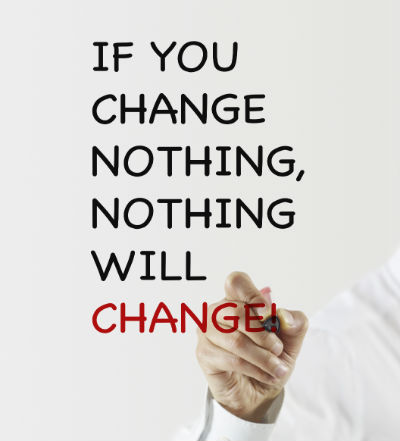
Don’t be weighed down by an inaccurate sales forecast. There is a better way.
The Problem with Probability
Probability is the measure of the likeliness that an event will occur. It’s very common for sales leaders to use probability to measure the likeliness that revenue will occur. It’s an easy, but highly inaccurate method of reporting a sales forecast.
Here’s why using probability is not the best method for sales forecasting:
-
Selling is binary. It’s a yes or a no. You either win the deal or lose the deal. You don’t win a percentage of a deal. It’s not reality.
-
If your competition has a similar probability on the same deal, then someone is wrong. It assumes all opportunities have the same level of risk in each sales stage.
-
We all know that as an opportunity progresses through the buyer’s journey, the likelihood the opportunity will be won does increase. The inherent risk of an opportunity should be decreasing. If every salesperson and deal was exactly the same, these would be correct statements.
It is possible to look at your historical performance and use conversion rates by stage to weight a pipeline or a forecast. This works for the CXO, where they just need a number and are not concerned about what makes up that number. At the frontline, weighting does not work. Managers and reps need to speak in terms of real deals and the risks inherent to those deals. Explaining what makes up 80% of your negotiation stage does little to help sales managers and reps focus on the right deals.

Forecast Methodology: Risk Scenarios
Use a forecast methodology based on risk scenarios. Here’s how it works.
1. Once an opportunity moves into a stage in your sales process whereby it should be “forecastable” and has a close date of the particular forecast period, that opportunity goes on a potential forecast list.
2. The sales rep then assigns a risk scenario to the opportunity. If there is no risk scenario assigned, then the opportunity most likely is not closeable in that forecast period and should be assigned a more accurate close date. Best practice risk scenarios include:
a. Commit – which includes revenue already won plus deals where the sales rep has secured a verbal.
b. Likely – Commit scenario total plus opportunities that are closeable in the forecast period, but still require some work and carry an acceptable level of risk. An example would be an opportunity where your solution is in the finals and the decision is due in the forecast period.
c. Best case – Likely scenario total plus opportunities that will be a stretch to close in the forecast period. A best case opportunity example would be an opportunity that you can pull into the quarter if needed, but it would take some work to get done.
3. Each scenario is totaled at the rep, manager and CSO levels. The dollars are backed by fact – the actual deals and values. When managers meet with reps to discuss the forecast, they talk about actual opportunities.
4. If a forecast override is required by a manager, that manager can add or take opportunities out of the forecast. If a manual forecast is required (where a sales manager can add or take away dollars from the forecast that are not opportunity-backed), then the forecast should include a gap or upside calculation when compared to actual opportunities in each scenario that the manager has to explain. Manual forecasts are common for businesses that have run-rate (renewal) revenue where management wants to account for those dollars.
There’s a lot more to just picking scenarios to ensure forecast accuracy. You also have to make sure you that your opportunities are in the right sales stages, have the right value and an accurate close date selected. This is directly related to how your sales team adheres to your sales process and the data entry requirements for your CRM system.

Discounted Forecast Weights: Just say NO!
Don’t weigh you sales team down with discounted forecast weights that do not add to their ability to improve forecast accuracy. If you know the numbers mean nothing, so do they. Give them a process and a model that really helps them to give you the accurate insights into your forecast, in the most simple and intuitive manner possible.
Related Posts:
- A Forecast for Sales Forecasts: Cloudy
- CRM Proficiency Is Top Sales Qualification Skill for Sales Directors Role
- Sales Forecasts and “Predictable” Revenue
Visit our site to learn more about our visual CRM and the concepts it’s built on!










